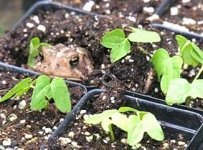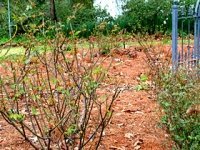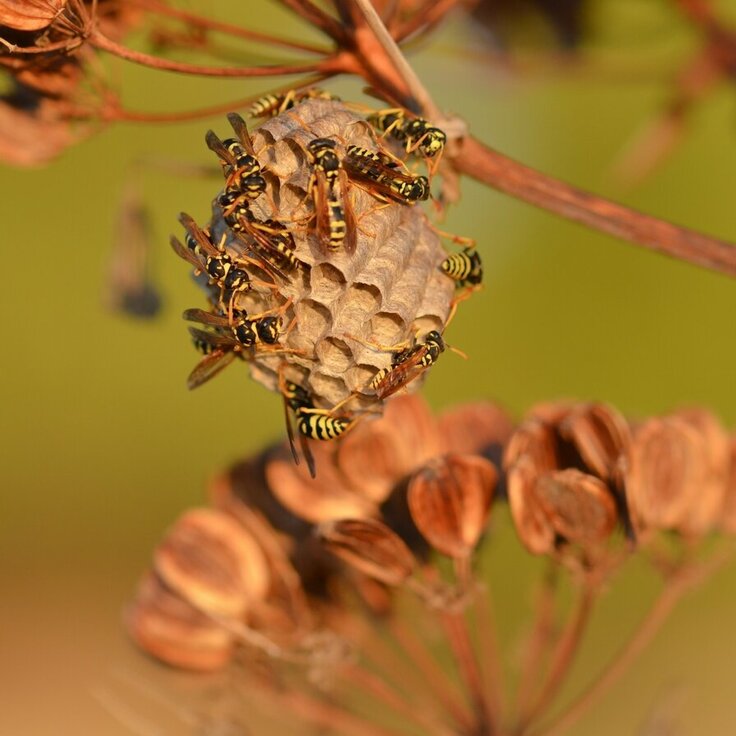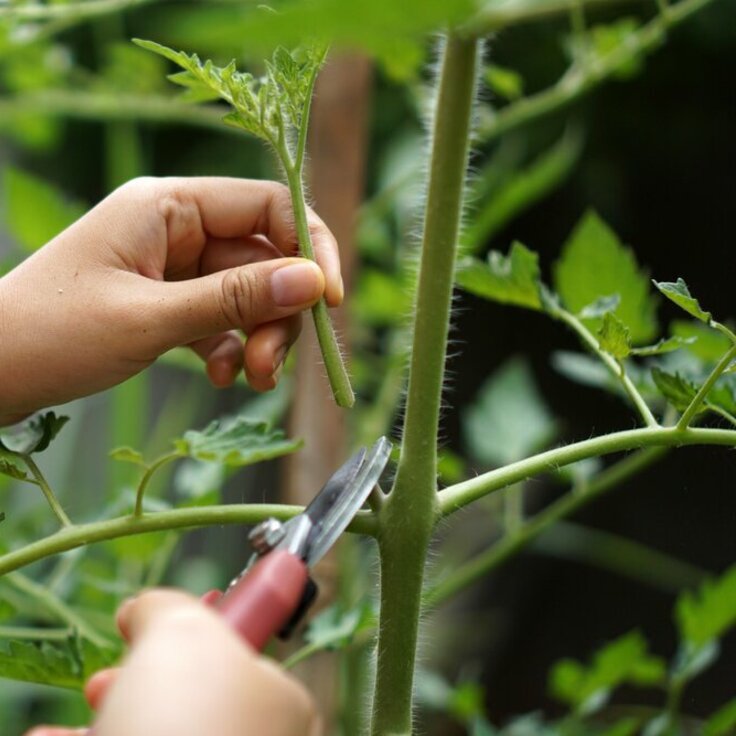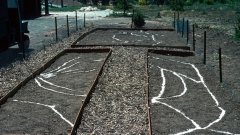Layering: An Easy Way to Make More Plants
Layering is an easy method of propagating some woody plants. Perhaps you've encountered this taking place naturally, when you've found that a lower branch of a shrub has taken root where it touched the ground. Instead of waiting for such an accident of nature, you can create the conditions that will yield new plants by pinning a branch to the soil, which encourages it to grow roots and form a new plant. It's a simple procedure that takes growing time but not much effort on the gardener's part.
Mom Does All The Work
One advantage of layering is its high success rate. Because the branch is still attached to the mother plant, there is less chance of the branch tip wilting, a common cause of failure when trying to root cuttings. Another is space; the new plants grow in the existing garden and don't need a separate nursery bed for their first year.
Plants that grow easily from cuttings are also the best candidates for successful layering. In general, these are plants that put out roots readily. Likely plants include hydrangea, viburnum, smokebush, deutzia, euonymus, honeysuckle, forsythia, mock orange, spirea, weigela, wisteria, and bramble fruits such as raspberry and blackberry.
Steps to Success
You can try layering any time from early spring to midsummer, as long as branches are still green and pliable. Here are the steps:
1. Select a branch that is long enough and supple enough to be bent to the ground without breaking. A branch formed in the current season, or last year is most likely to root quickly. You will be rooting it 8 to 12 inches from its tip, so find where that point on the branch will touch the ground, and loosen the soil for the new plant at that spot.
2. Make a small diagonal cut in the bottom side of the branch at the point where it will make contact with the ground. Strip the leaves from the branch in the area of the wound. Then dust the wounded area of the branch with rooting hormone, and prop the cut open slightly with a toothpick or wooden match. Pin the cut area to the soil, holding it down with a forked stick or a length of heavy wire, such as a piece of coat hanger, bent into a hairpin shape. Arrange the branch so that the growing tip is pointing up, and mound soil over the cut portion. You can even place a stake in the soil and tie the branch tip upright to help support it.
3. After covering with soil, pile a generous mulch of compost or shredded leaves where the branch is pinned. The mulch helps keep the soil moist while roots form. If the soil dries out, the newly developing roots can be destroyed before they really start growing, so mulching is an important step. Sprinkle the mound with water initially and whenever there are summer dry spells.
4. In the fall or the following spring, when the new plant is well-rooted, sever it from the mother plant. At this point the baby still needs extra attention, such as mulch and regular watering, so it's fine to leave it where it is in the ground to get better established for a few weeks or even a year before moving it to a permanent place in the landscape. In the Pacific Northwest very early spring is a good time to transplant the young plants, but early fall is a good time in warmer climates. Feel free to cut it back before or after transplanting to give it a bushier or more symmetrical form.
In the case of vines, such as honeysuckle or wisteria, it's possible to create several plants by repeating the wounding and burying process along the length of a single long branch -- a technique called serpentine layering. You simply wound the long stems at intervals and peg them into the prepared ground at each interval in the same way as the normal layering technique. Loop the stem up between each pegging. In the case of thorny bramble fruits such as raspberries and blackberries, the branch is more likely to root from the tip, so bury the end of the stem instead of a point along its length. You don't even need to wound it to stimulate root formation.
Although the plants most likely to grow from layering are not the most expensive to buy, it's still nice after your initial purchase of a favorite cultivar to be able to acquire more in exchange for a little time and no cash. If you need a lot of new shrubs at once, for a long row of raspberries or a viburnum hedge, it's possible to tug many branches out from a single plant, spoke-fashion, and pin them down in a wide circle all around the parent. If you want just one new plant, pin down two and hope for a 50 percent success rate. If all goes well, you'll have an extra plant to give to a friend.
Read more from the National Gardening Association.

